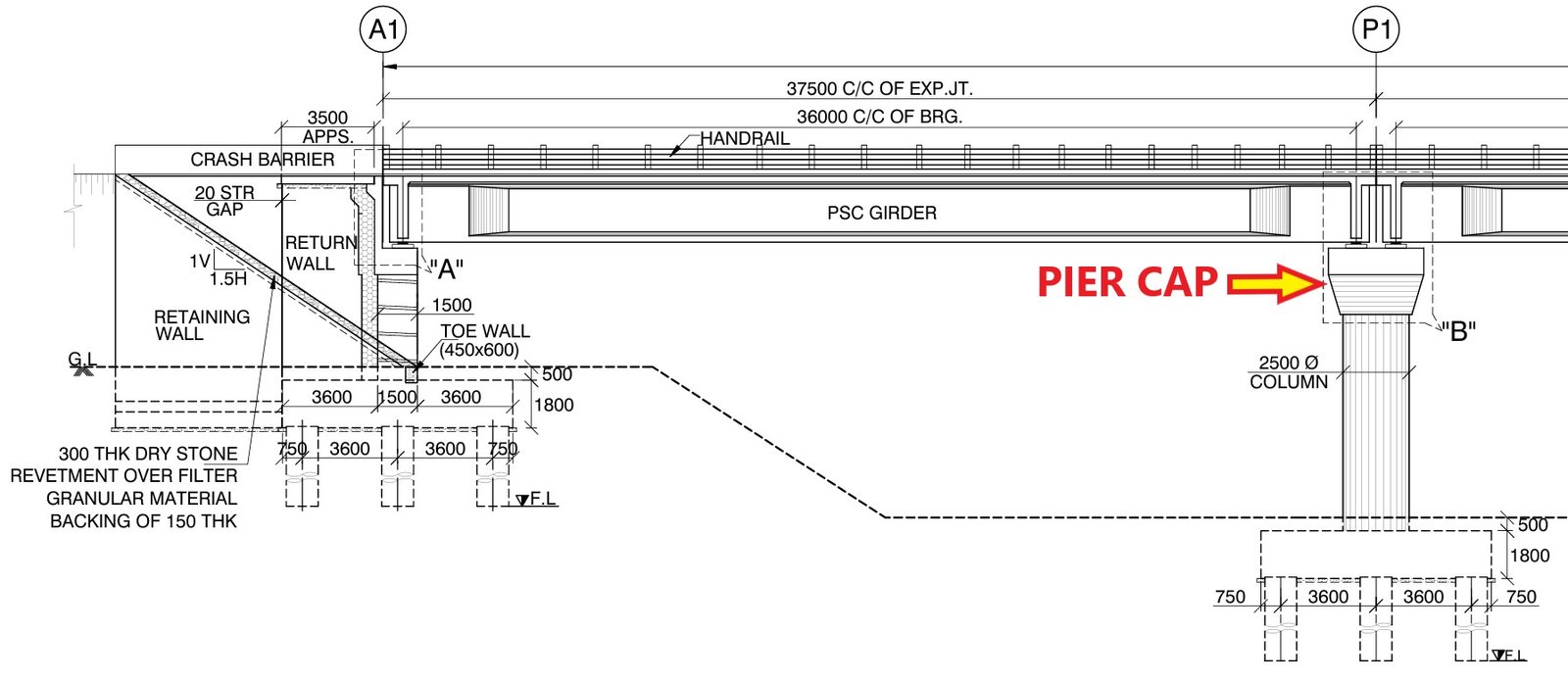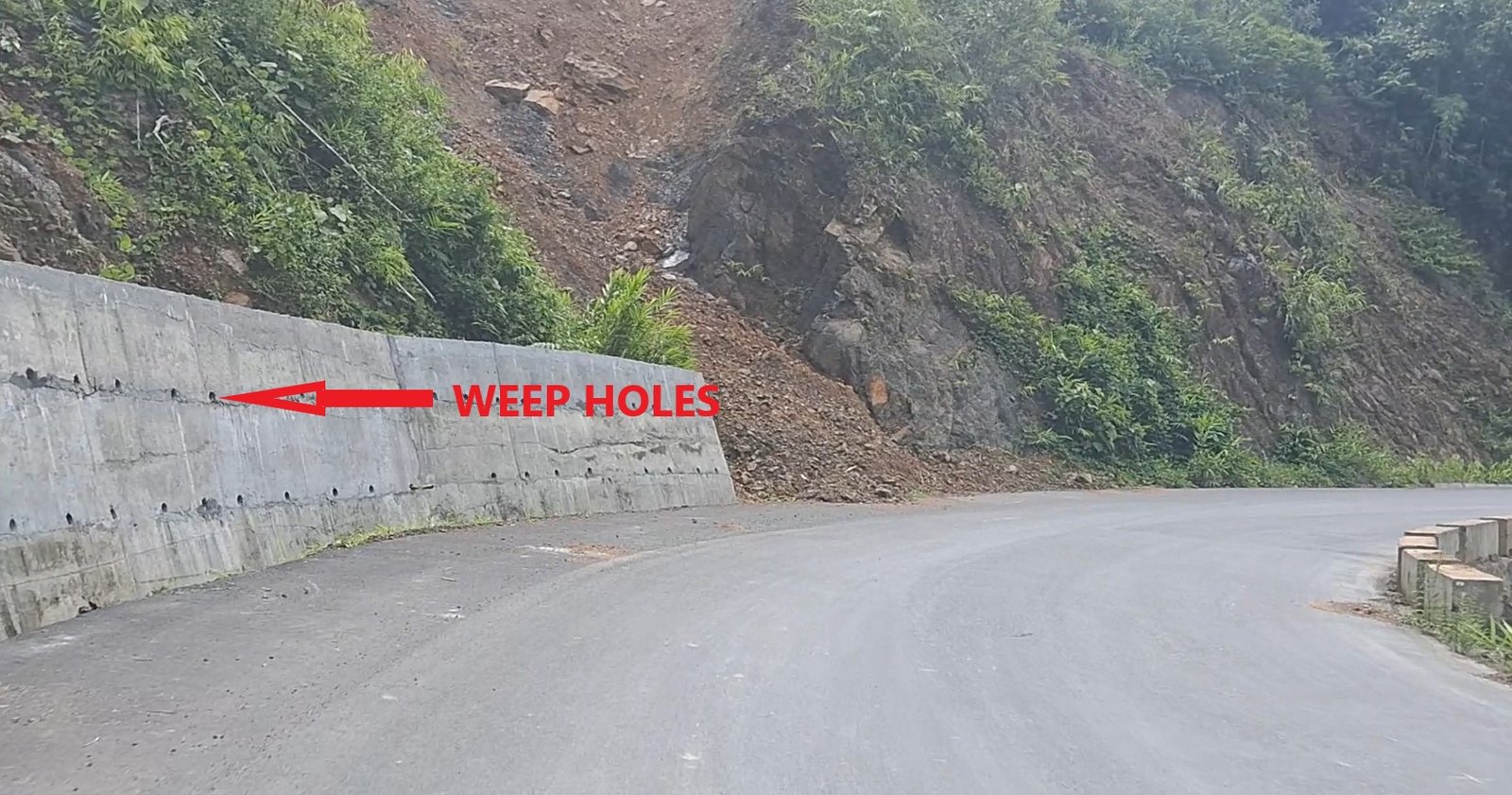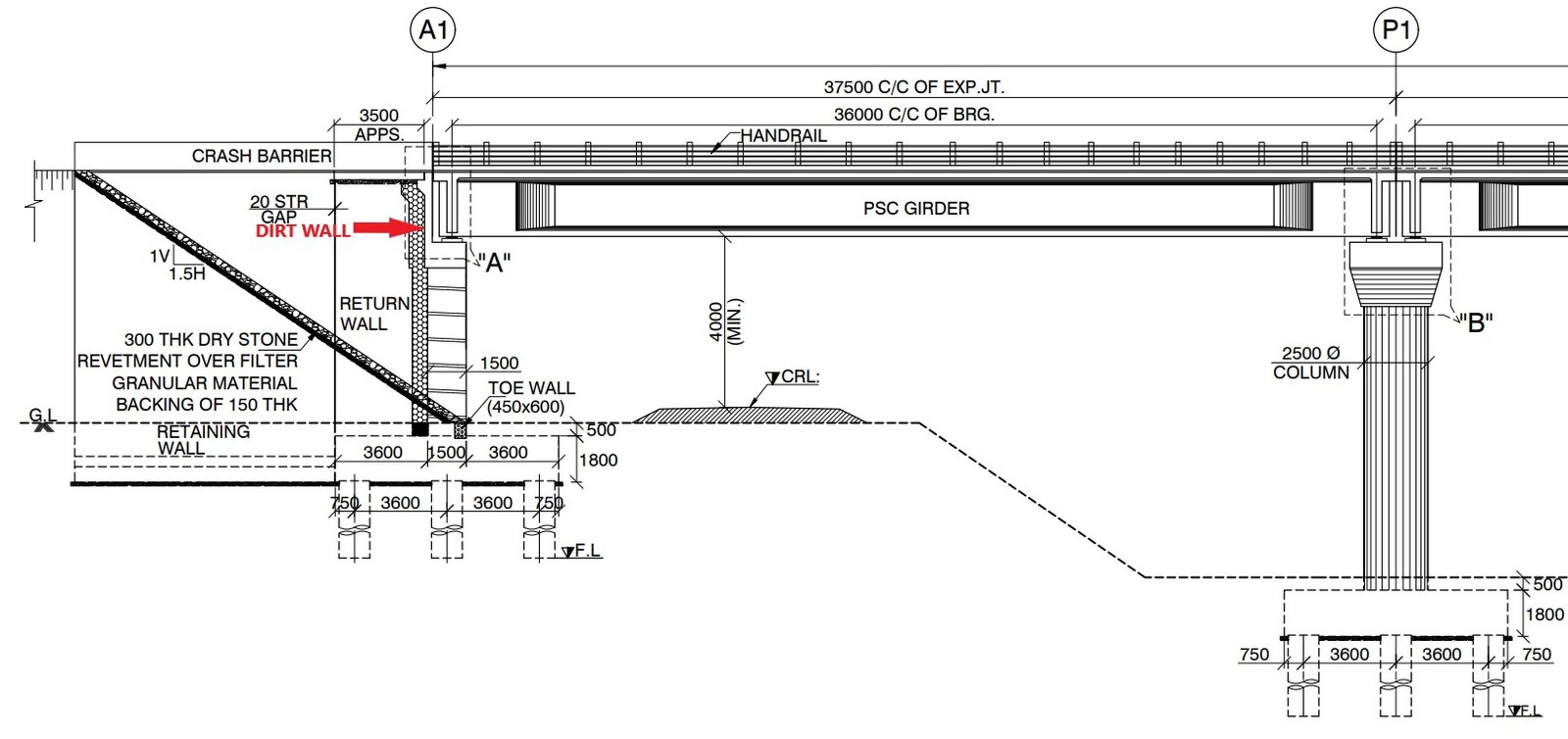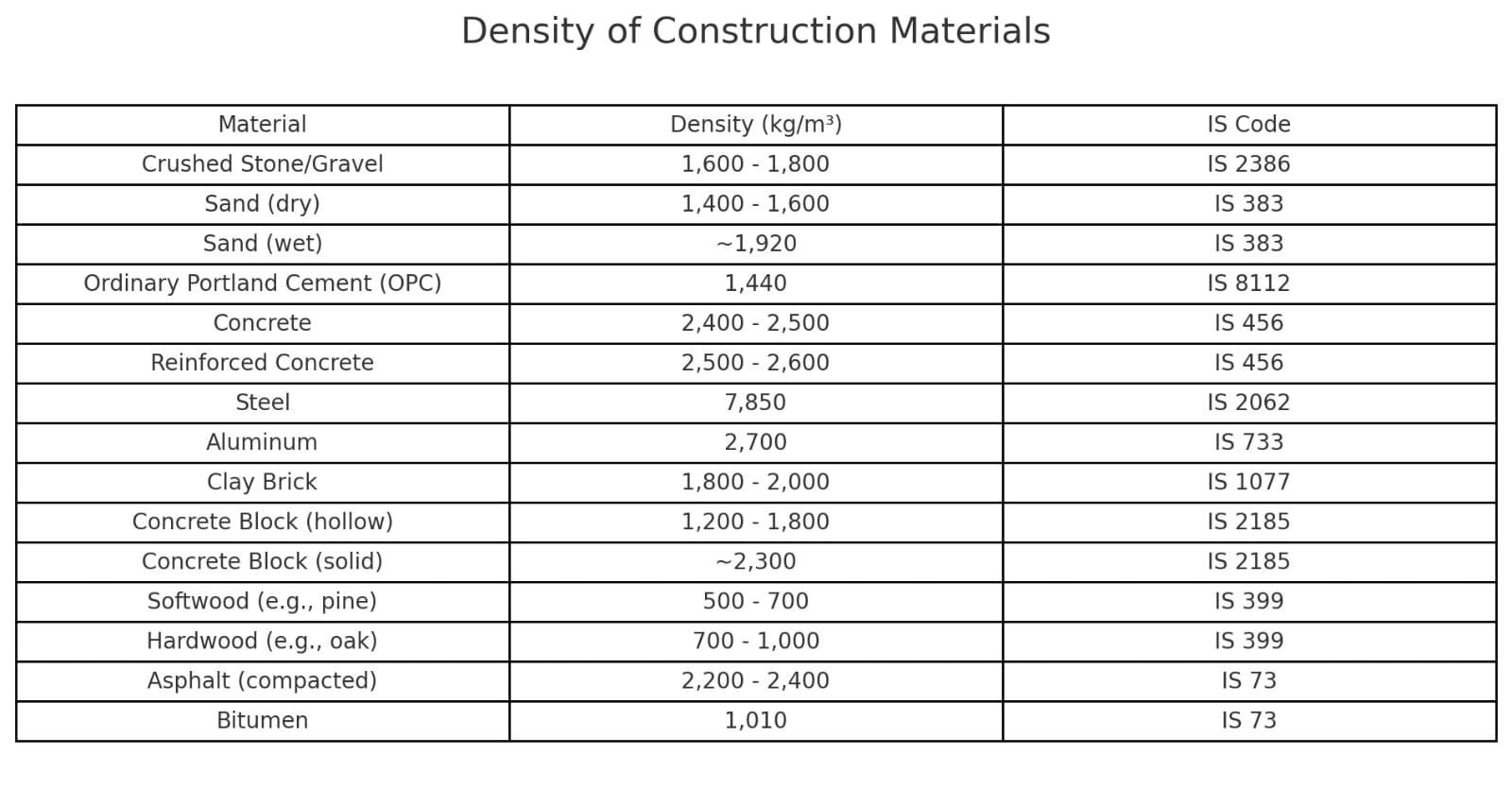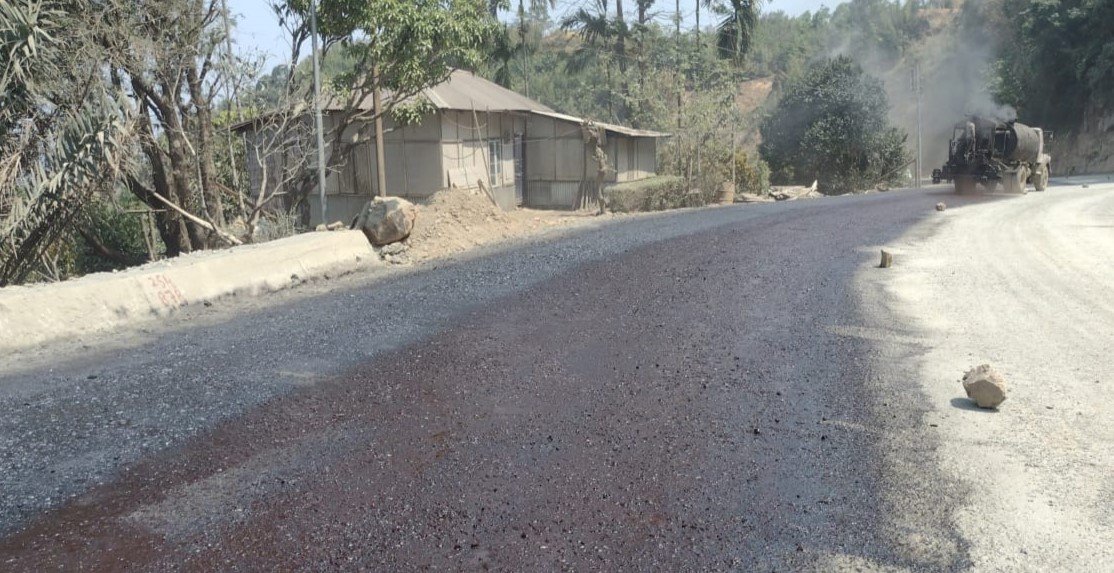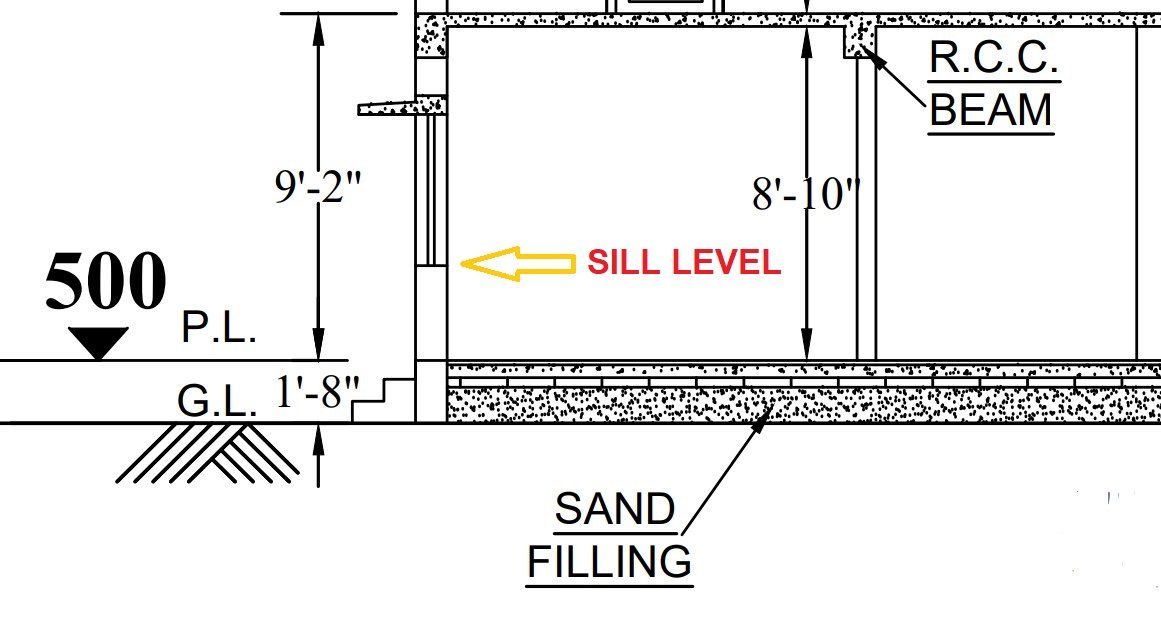A pier cap is a structural part of a bridge that sits on top of the vertical supports, called piers. It helps distribute the weight of the bridge deck evenly across the piers, so that the bridge remains stable and is not damaged by excessive stress in one place. The […]
Deshuttering period of slab as per IS Code: Importance, Guidelines and Precaution
Deshuttering period of slab, also known as formwork removal, is a critical process in concrete construction that significantly affects the structural integrity of a building. The Indian Standards (IS) code provides guidelines for the minimum duration before formwork can be removed to ensure adequate strength development in the concrete. This […]
Weep Holes in Retaining Wall: Importance, Purpose and Design Considerations
Have you ever spotted tiny openings in a retaining wall and questioned their purpose? These openings, known as weep holes, play a crucial role. They facilitate the drainage of trapped water behind the wall, helping to avoid excessive pressure that might cause cracks or even structural failure. Without these holes, […]
Dirt Wall in Bridge Abutment: Purpose, Design and Benefits
When constructing a bridge, stability and durability are top priorities. One crucial but often overlooked component of bridge abutments is the dirt wall. These walls provide essential support, help prevent soil erosion and contribute to the structure’s long-term strength. In this article, we’ll explore the importance of Dirt Wall in […]
Understanding the 4 Lane Road Width in India: Guidelines and Standards
In India, the Indian Roads Congress (IRC) sets guidelines for the design and construction of roads. A major part of this is the four lane road, which is essential for the country’s transport network, facilitating the efficient movement of goods and people across cities, towns and states. This article examines […]
Understanding the Density of Construction Materials as per IS Code
Density is figured out with this formula: Density (ρ) = Mass (m) / Volume (V). It’s expressed in kilograms per cubic meter (kg/m³) and shows how much mass is packed into a certain volume. Knowing about density is key when deciding if materials are right for various construction tasks. This […]
Understanding Prime Coat in Road Construction
The prime coat acts as a bonding agent between the base layer(WMM layer or WBM layer) and the subsequent asphalt layer (binder course or DBM layer) to increase the longevity of the road and later prepare the surface for the asphalt layer. Here, we learn the benefits of prime coats, […]
Understanding Silt Content in Sand as per IS Code
Sand is essential in the construction work, here we determine the silt content in sand as per IS Code. Sand is a crucial material, which is used in concrete, mortar and other building works. The good quality of sand is extremely important, as it significantly increases the strength and durability […]
Understanding the Ideal Window Sill Level Height in Construction
Introduction to Window Sill Level Height Window sill height or “sill height” for short, is the measurement from the finished floor to the bottom of the window. The orientation and elevation of a window within a building are of significant importance. In this part, we’ll learn why window sill height […]
Understanding Drain Drawing, Construction Process
Drain construction is crucial in civil engineering, managing water flow and preventing issues. It ensures safety and structural integrity of infrastructure. Efficient drainage systems control water accumulation, mitigating flooding risks. They are essential in urban planning and rural development, channeling excess water away from saturated areas during heavy rainfall. Introduction […]

